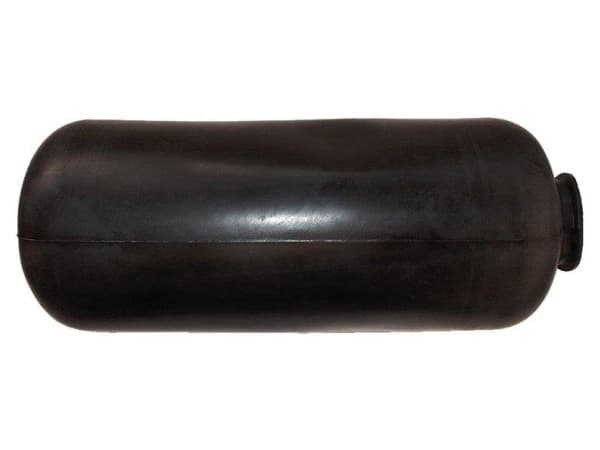Biomembranes consist of molecular bilayers with many lipid and protein components. The fluidity of these bilayers allows them to respond to different environmental cues by changing their local molecular composition as well as their shape and topology. On the nanometer scale, this multi-responsive behavior can be studied by molecular dynamics simulations, which provide both snapshots and movies of the bilayer conformations. The general conceptual framework for these simulations is provided by the theory of curvature elasticity. The latter theory also explains the behavior of giant vesicles as observed by optical microscopy on the micrometer scale. The present volume describes new insights as obtained from recent developments in analytical theory, computer simulations, and experimental approaches. The seven chapters of the volume are arranged in a bottom-up manner from smaller to larger scales. These chapters address the refined molecular dynamics and multiscale modeling of biomembranes, their morphological complexity and adhesion, the engulfment and endocytosis of nanoparticles, the fusion of giant unilamellar vesicles, as well as recent advances in microfluidic technology applied to model membranes.












